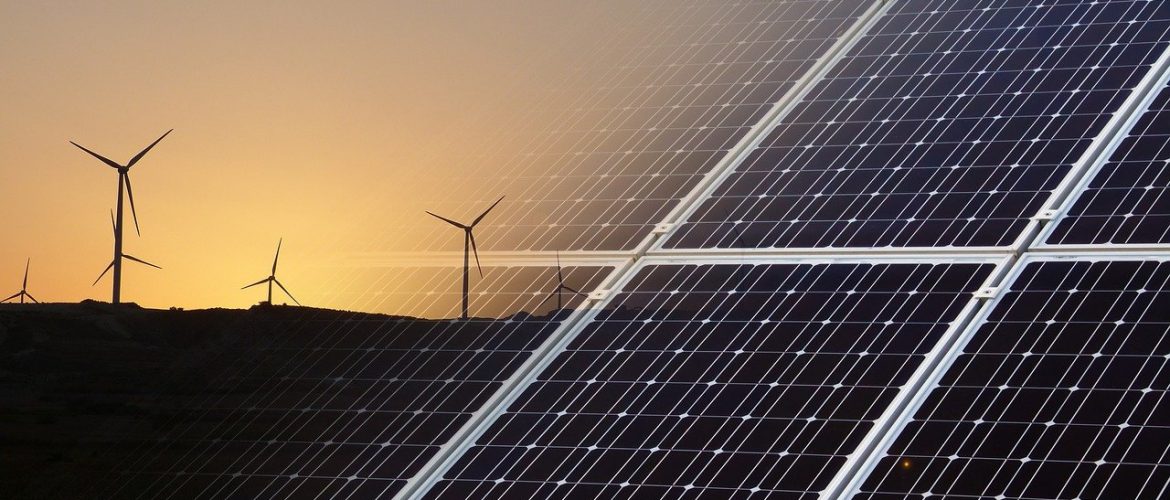According to the latest available monthly data from the Greek IPTO (ADMIE) for the interconnected network (September 2023):
Renewables maintained the lead in electricity production in the first nine months of 2023 cumulatively (16161 GWh), surpassing fossil gas and lignite together (14448 GWh) by 1.7 TWh. Following a steadily increasing trend over the last 10 years, renewables were in first place in the first eight months of 2022 as well, but back then the difference with fossil gas was much smaller (+413 GWh in 2022 compared to +5002 GWh in 2023) and renewables were behind the cumulative contribution of fossil gas and lignite by 3976 GWh.
Additionally, in the nine months of 2023 and despite the “dip” in 2023 compared to 2022, fossil gas remained in second place (11159 GWh), while net imports were in third place with 4397 GWh. This was followed by lignite (3289 GWh), and large hydro (2819 GWh). Lignite in particular reached an all-time low in terms of its contribution in the first nine months of the year, compared to the same period of the previous years.
The large decrease of gas in the contribution to electricity production during the first eight months of the year compared to the same period in 2022 (-3241 GWh), and the smaller, yet important, decrease from lignite (-1100 GWh) and large hydro (-474 GWh), were primarily offset by the large increase in net imports (+2039 GWh), then by the reduction in electricity demand (-1436 GWh) and finally by the increased contribution of renewables (+1348 GWh). The above sequence is a partial reversal of the situation up to June 2023, where the reduction in gas and hydro production was primarily offset by the reduction in demand. However, the very significant increase in demand during July and August 2023, reversed this trend cumulatively for the overall nine-month period.
The corresponding percentage changes in the first nine months of the year compared to the same period in 2022 were as follows:
Lignite: -25.1%
Fossil Gas: -22.5%
Renewables: +9.1%
Hydro: -14.4%
Net imports: +86.4%
Demand: -3.7%
Clean energy from renewables and large hydro (18980 GWh) in the first nine months of 2023, exceeded fossil fuel-based production (14448 GWh) by almost 4.5 TWh, recording a historic record for the last 10 years. On the contrary, electricity production from fossil fuels during the same period reached an all-time low, having decreased by 23.1% compared to the same period in 2022.
Renewables and large hydro set a record in meeting demand in the first nine months of 2023 exceeding 50% (50.2%). In fact, clean energy (18980 GWh) for the first time exceeded fossil fuels and net imports cumulatively (18845 GWh). In addition, the share of renewables (42.7%) was also high, more than 5 percentage points above the previous high of 2022 (37.4%).
Their contribution to domestic electricity production increased even more, as renewables together with large hydro had a share of 56.8%, exceeding the corresponding 2022 performance by almost 8 percentage points (49.1%). The rest of the demand during the nine-month period was covered by fossil gas with a share of 29.5% (the lowest since 2019), net imports with 11.6%, lignite with 8.9% and large hydro with 7.5%.
Especially for September 2023:
– Lignite production was the second lowest historically (187 GWh), just 11 GWh behind the first lowest in April 2022 (176 GWh). Notably, almost three quarters (74.5%) of lignite power production came from PPC’s new lignite unit “Ptolemaida 5” (139 GWh).
– Production from renewables (1914 GWh) was the second highest for 2023 and the third highest historically. In fact, the monthly share of RES in meeting demand in September 2023 (49.9%) was the second highest after that of October 2022 (51.8%).
– It was the first net export month for 2023, with net exports of 133 GWh.
– Electricity demand (3837GWh) was the third lowest for 2023 and appeared lower than the same month in 2022, reversing the upward trend recorded in July and August.
Demand decreased by 2% in September 2023 compared to September 2022, marking a five-year low for the same month. Cumulative consumption for the first nine months of 2023 (37837 GWh) fell by 3.7% compared to the same period last year and by 3.3% compared to the average of the last five years. However, the downward trend in demand has been steadily easing from month to month.




















































































































































































































































































































